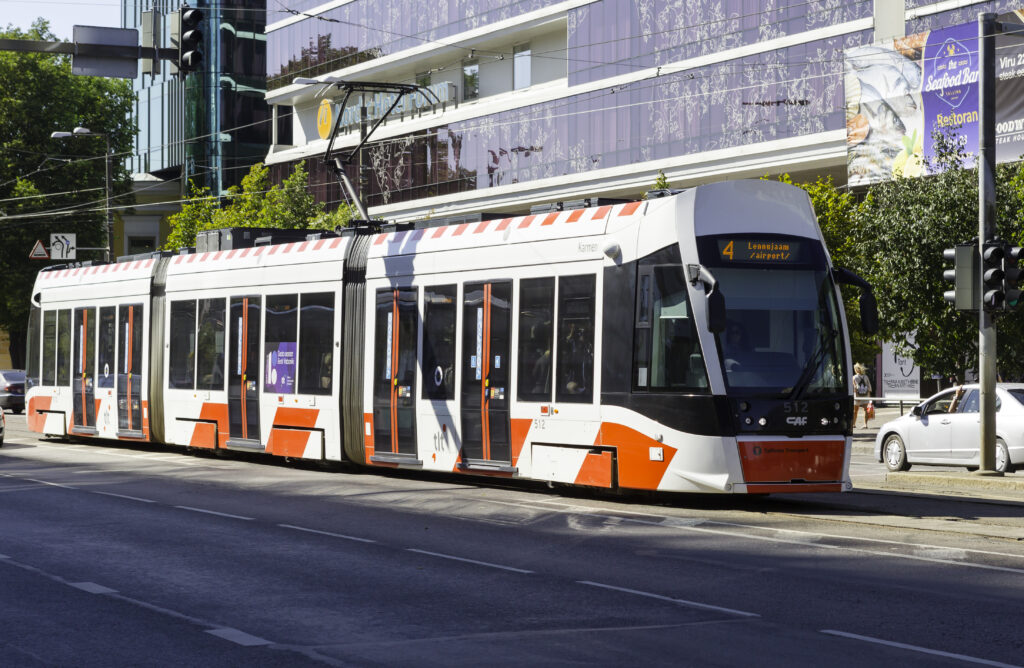Tram traffic in Tallinn is developing

In the history of the Tallinn tram, which celebrated its 134th anniversary in August, there are several periods of significant meaning. One important stage of development is still underway in tram traffic.
From 1955 to 2017, the tram infrastructure remained largely unchanged with its 39-kilometer length, and only local reorganizations took place. 2017 will go down in tram history as the year when the airport extension was opened and launched the discussion about the expansion of tram infrastructure in Tallinn. In 2024, as a result, the Vanasadama tram line connecting the airport, the Rail Baltica joint terminal, and the Port of Tallinn will be completed. The new tramway runs along Gonsiori, Laikmaa, and Hobujaama streets across Ahtri street to the A-travel terminal of Tallinn Port, and from there, it joins the tramway going to Kopli. The port line allows one to comfortably move from the airport to the port and vice versa, also providing better access to important sights and attractions.
According to Andres Arukivi, head of TLT’s electric transport development department,
new tram rolling stock will be implemented to serve the Sadama (Port) line, the tender for which was won by the Polish company Pesa Bydgoszcz SA out of three bidders. “According to the contract signed at the end of May and the later announcement to exercise the option, 23 new trams will be manufactured for Tallinn, the first of which will arrive in the second half of 2024. The entire lot will be there by the middle of 2025,” Arukivi confirmed.
The new trams are low-floor, modern, and comfortable to drive. These are high-capacity vehicles that can serve 300 passengers at a time. The trams are durable, and their service life reaches 35 years. In addition to operating the port line, the new trams will replace depreciated older type rail vehicles.
After the port tram line is completed, discussions about the feasibility of building new tram lines will continue. The more than century-old Tallinn tram is more vigorous than ever before because the capital city needs capable, environmentally friendly electric transport ready to serve large numbers of passengers.

